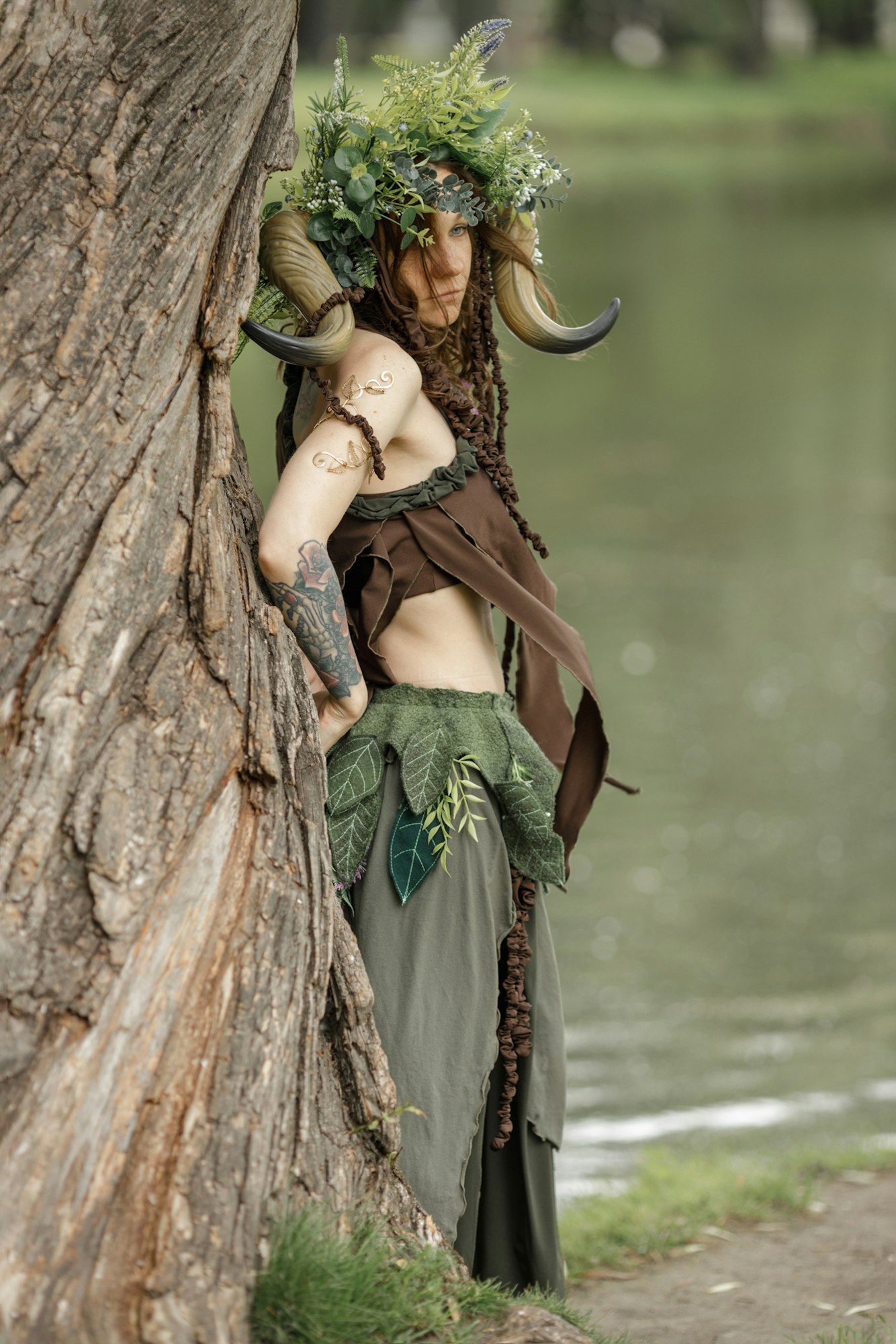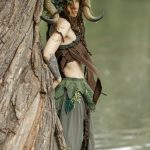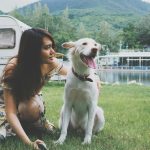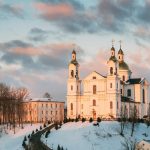The Scottish Highlands present a mesmerizing canvas for any wildlife photographer. With its dramatic landscapes, rich natural heritage, and diverse fauna, this region offers unique opportunities to capture nature at its finest. Whether you’re an aspiring photographer or a seasoned professional, understanding the best practices for photographing wildlife in the Scottish Highlands will help you make the most of your time in this stunning part of the world.
Setting the Scene: Why the Scottish Highlands?
The Scottish Highlands are a wildlife photographer’s dream. From the towering peaks of the Cairngorms to the serene waters of Loch Lomond, this region is teeming with diverse wildlife and picturesque landscapes. Here, you can photograph iconic species like the red deer, golden eagle, and elusive pine marten in their natural habitats. The rugged terrain and varied weather conditions also offer unique challenges and opportunities for photography.
Also to see : How to find the best traditional Scottish music pubs in Glasgow?
Capturing the Essence of the Landscape
To truly capture the essence of the Scottish Highlands, consider using a wide angle lens. This type of lens allows you to incorporate the stunning landscapes into your wildlife shots, giving a sense of scale and context to your images. For example, photographing a red deer against the backdrop of a mist-covered mountain can create a powerful, evocative image. Additionally, Loch Lomond and the Isle of Skye provide breathtaking settings that can enhance your wildlife photos.
Essential Gear for Wildlife Photography in the Highlands
When preparing for a wildlife photography expedition in the Scottish Highlands, having the right gear is crucial. This includes selecting the appropriate camera body, lenses, and accessories to handle the diverse conditions you’ll encounter.
In parallel : How to find the best local farmer’s markets in the Cotswolds?
Choosing the Right Camera and Lenses
For wildlife photography, a camera with a fast shutter speed and high burst rate is ideal. This allows you to capture fast-moving subjects, such as birds in flight, with ease. A telephoto lens is essential for getting close-up shots of distant wildlife without disturbing them. Lenses with focal lengths of 300mm to 600mm are widely used among wildlife photographers.
A wide angle lens is also invaluable for capturing the stunning landscapes of the Highlands. This type of lens lets you include more of the surrounding environment in your shots, adding depth and context to your images. For bird photography, consider a lens with a fast aperture to handle low-light conditions and achieve beautiful bokeh effects.
Timing is Everything: Best Times to Photograph Wildlife
Timing plays a significant role in wildlife photography. Understanding the behavior patterns of different species and the seasonal changes in the Highlands can help you plan your photography sessions more effectively.
Seasonal Considerations
Different times of the year offer unique opportunities for wildlife photography in the Scottish Highlands. The summer months are ideal for photographing a wide variety of animals, including red deer, mountain hares, and red squirrels. During this time, the weather is generally more favorable, and the days are longer, providing ample light for photography.
Winter brings its own set of challenges and rewards. The snow-covered landscapes create a stunning backdrop for wildlife photos, and species like the mountain hare and red deer are often easier to spot. However, the weather can be harsh, so it’s essential to be well-prepared with appropriate clothing and gear.
Best Times of Day
The golden hours—early morning and late afternoon—are the best times of day for wildlife photography. The soft, warm light during these periods enhances the colors and details of your subjects. Additionally, animals are often more active during these times, increasing your chances of capturing dynamic shots. Plan your sessions around these times to make the most of the natural light and animal activity.
Tips for Photographing Specific Wildlife
Photographing different species requires different techniques and approaches. Here are some tips for capturing some of the most iconic wildlife in the Scottish Highlands.
Red Deer
Red deer are one of the most iconic species in the Highlands. To photograph them effectively, it’s crucial to be patient and quiet. Use a telephoto lens to maintain a respectful distance and avoid startling the animals. Early morning and late afternoon are the best times to find red deer, as they are most active during these periods.
Mountain Hares
Mountain hares can be challenging to spot, especially during the winter when their fur turns white to blend in with the snow. Look for them in areas with rocky outcrops and heather. A long lens and a fast shutter speed are essential for capturing these elusive creatures.
Red Squirrels and Pine Martens
Red squirrels and pine martens are both agile and elusive. Setting up a hide near feeding areas can increase your chances of getting a good shot. Patience is key—these animals are often shy and may take some time to appear. Use a lens with a fast aperture to handle the low-light conditions often found in forested areas.
Bird Photography
Bird photography in the Highlands offers a chance to capture species like crested tits and red grouse. Use a telephoto lens to get close-up shots and a fast shutter speed to freeze their movements. Early morning is the best time for bird photography, as the birds are usually most active then.
Overcoming Challenges: Weather and Terrain
The weather in the Scottish Highlands can be unpredictable, with sudden changes that can impact your photography plans. Being prepared for these conditions is crucial to a successful wildlife photography expedition.
Weather Considerations
Always check the weather forecast before heading out and be prepared for changing conditions. Bring waterproof gear for both yourself and your equipment. A rain cover for your camera can protect it from moisture, while a sturdy tripod can help stabilize your shots in windy conditions.
Navigating the Terrain
The rugged terrain of the Highlands can be challenging to navigate. Wear sturdy hiking boots and carry a map and compass or a GPS device. It’s also wise to inform someone of your plans and expected return time before heading into remote areas. Remember, safety should always be your top priority.
Enhancing Your Photos: Post-Production Tips
Post-production is an essential part of wildlife photography. Using editing software can help you enhance your images and bring out the best in your shots.
Basic Adjustments
Start with basic adjustments like exposure, contrast, and saturation. These tweaks can significantly improve the overall look of your photos. Be careful not to overdo it, as natural-looking images are often the most compelling.
Advanced Techniques
For more advanced post-production, consider techniques like selective sharpening and noise reduction. These can help bring out details in your subjects and reduce any graininess caused by low light conditions. Additionally, cropping your images can help improve composition and focus attention on the main subject.
Photographing wildlife in the Scottish Highlands is a rewarding experience that offers endless opportunities for stunning images. By following the best practices outlined in this article, you’ll be well-equipped to capture the beauty and diversity of this remarkable region.
From choosing the right gear and understanding the best times to photograph wildlife, to mastering the challenges of the weather and terrain, each aspect plays a crucial role in your success as a wildlife photographer. Embrace the adventure, respect the natural environment, and let your passion for photography guide you as you explore the breathtaking landscapes and incredible wildlife of the Scottish Highlands.
Feel free to leave a comment and share your own tips and experiences of photographing wildlife in this magnificent part of the world.











